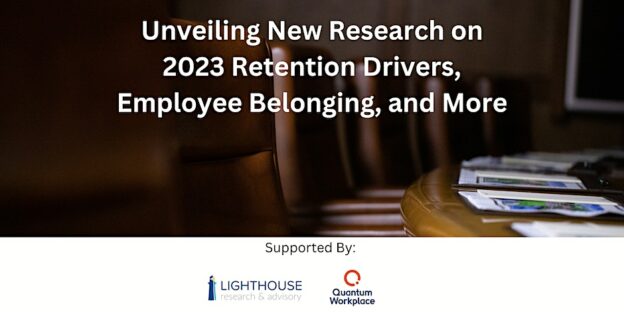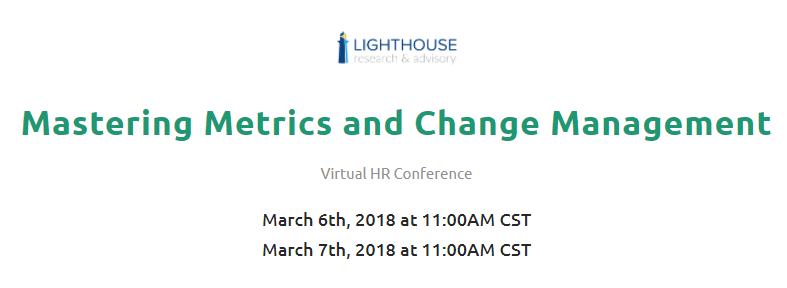According to Deloitte, more than 80% of learning is informal in nature, yet many companies are still unsure how to harness this critical mass of activities to improve performance, minimize risk and deliver organizational value.
Consider this: if you have a toddler, that child can probably pick up your phone, unlock it and open their favorite app. But it’s likely that you haven’t formally created content or delivered a course to the child on how to accomplish this task. It is one of the many learned behaviors that are picked up informally. While simplistic, this example highlights the fact that not much has changed about how people learn new concepts. The difference is that we now have technologies in place to help track, curate and analyze the impact of those learning activities.
Value and Risk: It's All About Perspective
Discussions around informal learning typically branch off in a few directions. The conversation either turns to the incredible risk associated with “handing over the keys†to the employees to curate and manage their own content or focuses on the supposed anarchy that will reign if learning resources aren't governed by a single, cohesive L&D team. But there's another story–one that tempers some of the fear by pointing out the value and opportunities presented by adopting a more informal approach to learning.
Consider the concept of investments: if you put money in a savings account, it is safe, but it doesn't really grow or offer value. If you put money into a mutual fund, it has higher risk, but there's also greater opportunity for growth in value. The same concept of risk/reward applies in the learning world.
In this case, we’d see traditional, formal training as the low-risk option, but it has opportunity costs associated with tying up resources, longer lead times due to content development, and requires that L&D either become experts in a variety of fields or source that expertise. Embracing informal learning may have some risk, but also unlocks incredible value at the same time by turning every single employee into a potential source for creating or curating content and resources to help others learn.
Key Questions About Informal Learning
When I'm speaking with learning leaders, there are some fairly common questions that come up, ranging from measurement and analytics to practical application and success stories. Here's a sampling of questions and their requisite answers:
How Do We Measure It?
Informal learning is like any other learning activity, and it can be measured. Informal doesn’t mean immeasurable. While we can rely on the common Kirkpatrick questions around satisfaction, knowledge transfer and behavior implementations, we can also leverage more aggressive methods, such as focusing on skills acquisition or performance improvement. In this manner, we can not only measure learning, but also tie learning practices to a variety of outcomes.
When we consider that learning is already happening, regardless of measurement, it takes some of the stress away. Now all we need to do is look for ties between learning activities and observable outcomes to start determining the impact of informal learning on business objectives. By putting some effort into tracking what people are already doing, we can take advantage of what has historically been a missed opportunity…
Click here to continue reading the rest of this article









 By now you’ve most likely heard about and begun thinking about the employee experience, because you can’t turn around without reading an article or hearing someone speak about it. In essence, it’s a deeper look at the practices you use across the board to create lasting value for employees in the workplace. Within that conversation, one area that I think is going to really explode in growth in the coming year is the learning space.
By now you’ve most likely heard about and begun thinking about the employee experience, because you can’t turn around without reading an article or hearing someone speak about it. In essence, it’s a deeper look at the practices you use across the board to create lasting value for employees in the workplace. Within that conversation, one area that I think is going to really explode in growth in the coming year is the learning space.